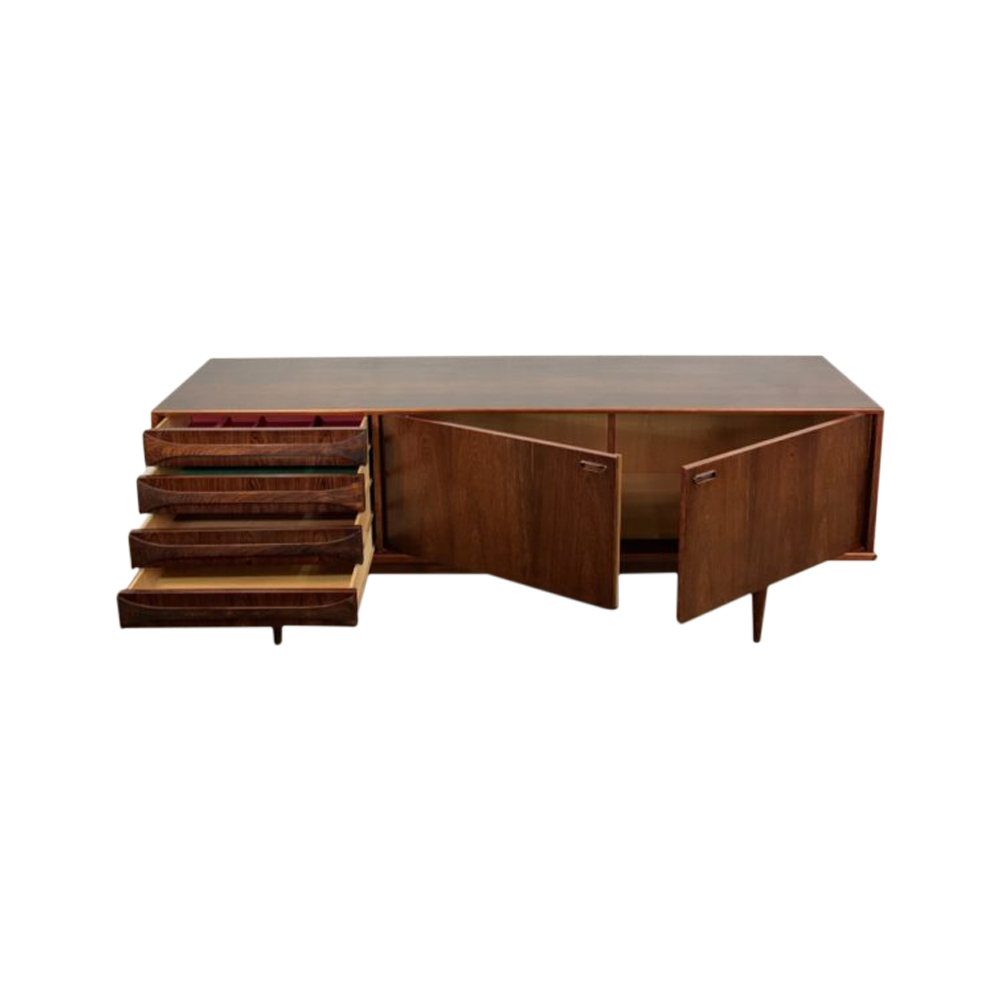OK, here we go with the photo-illustrated experiment in gluing PVA-coated pieces of walnut together using liquid hide glue.
First image is of Titebond drying on surfaces to be joined. I let these sit for 25 hours or so.
Second shows the four pieces clamped together into two assemblies after application of hide glue. These remained clamped for about 24 hours after wich I pressed my thumbnail into the squeezed out glue and managed to scrape a little off. You might be able to see evidence of this in the third image. I applied some firm twisting and bending force by hand at this point, but because the exposed glue seemed a little soft still, I decided to wait another day before going full medieval on them.
The fourth image is of the broken joints after I clamped one half in a vise and took a large pair of slip-joint pliers to the other half to provide leverage.
As expected, the end-grain-to-long-grain joint failed comparatively easily, though I couldn't break by hand. The long-grain joint, OTOH, required significant pressure. It still failed at the glue line, but some fibers did come off the wood itself, too. I was surprised by the strength of the bond.
My conclusions are that this all proves mostly nothing beyond that I have too much time on my hands. I provided no controls and my observations are entirely subjective. In a "real-world" situation of repairing a failed PVA-glued joint, the PVA would likely have fully cured and likely be decades old. We all know the prescribed protocols with these types of repairs and should follow them whenever possible. I still recommend hide glue in any form for making repairs to wooden furniture of value. Someday, somewhere, some poor sod will thank you for it.
So, of course, I can't just stop here. I glued a couple of clean pieces of walnut together with just Titebond liquid hide glue today and left them clamped. Tomorrow, I'll see if dry heat from an electric heat gun will soften the glue enough to get them apart with nothing more than hand pressure.
If you need any help, please contact us at – info@designaddict.com









